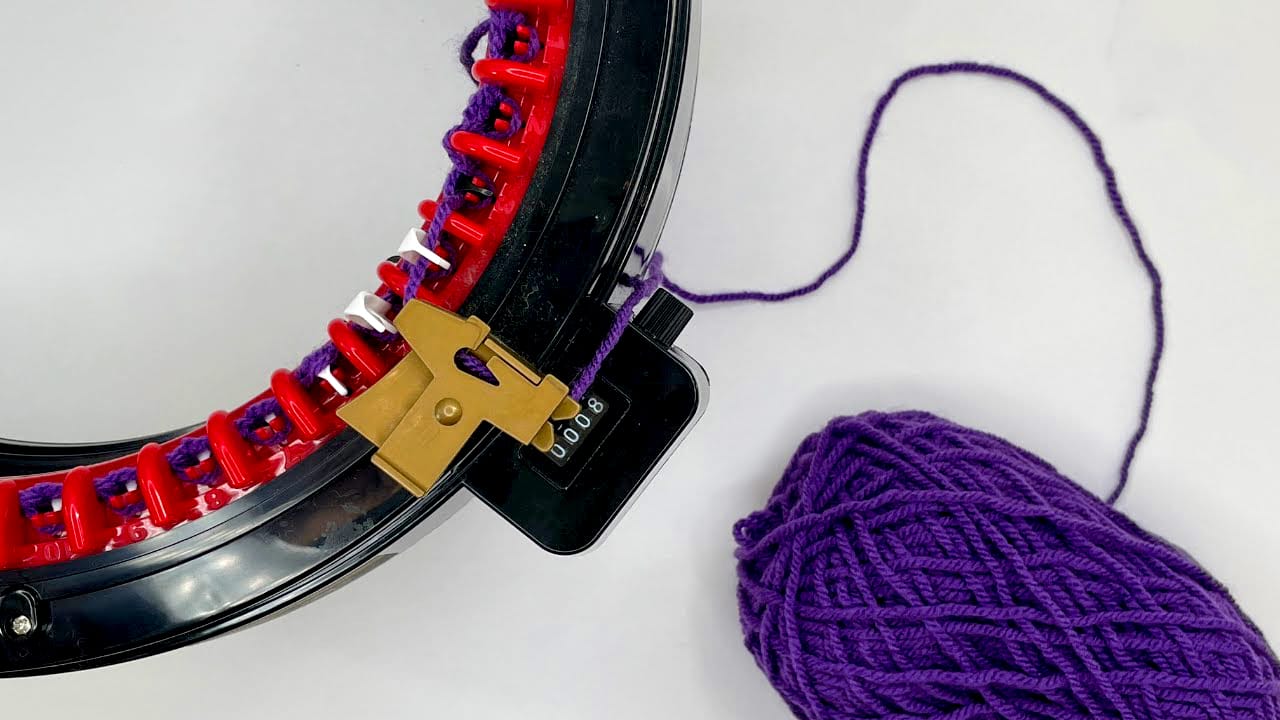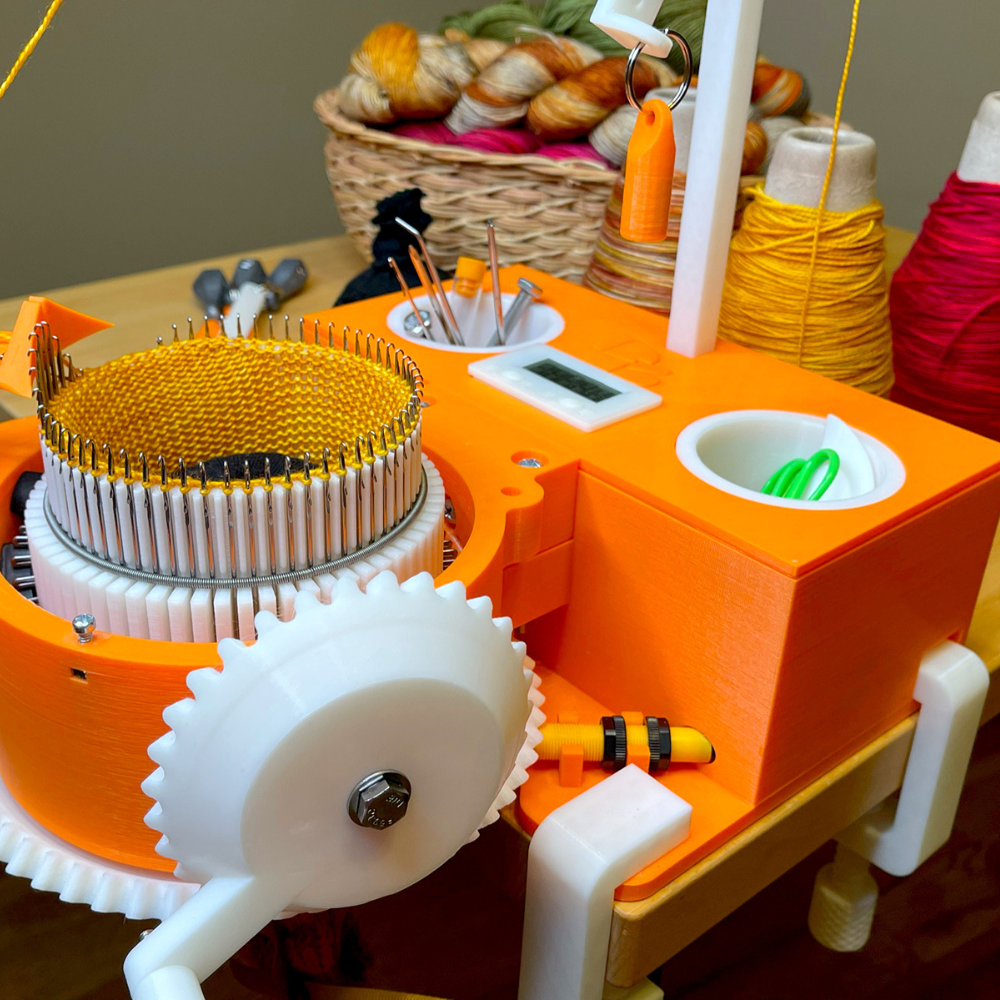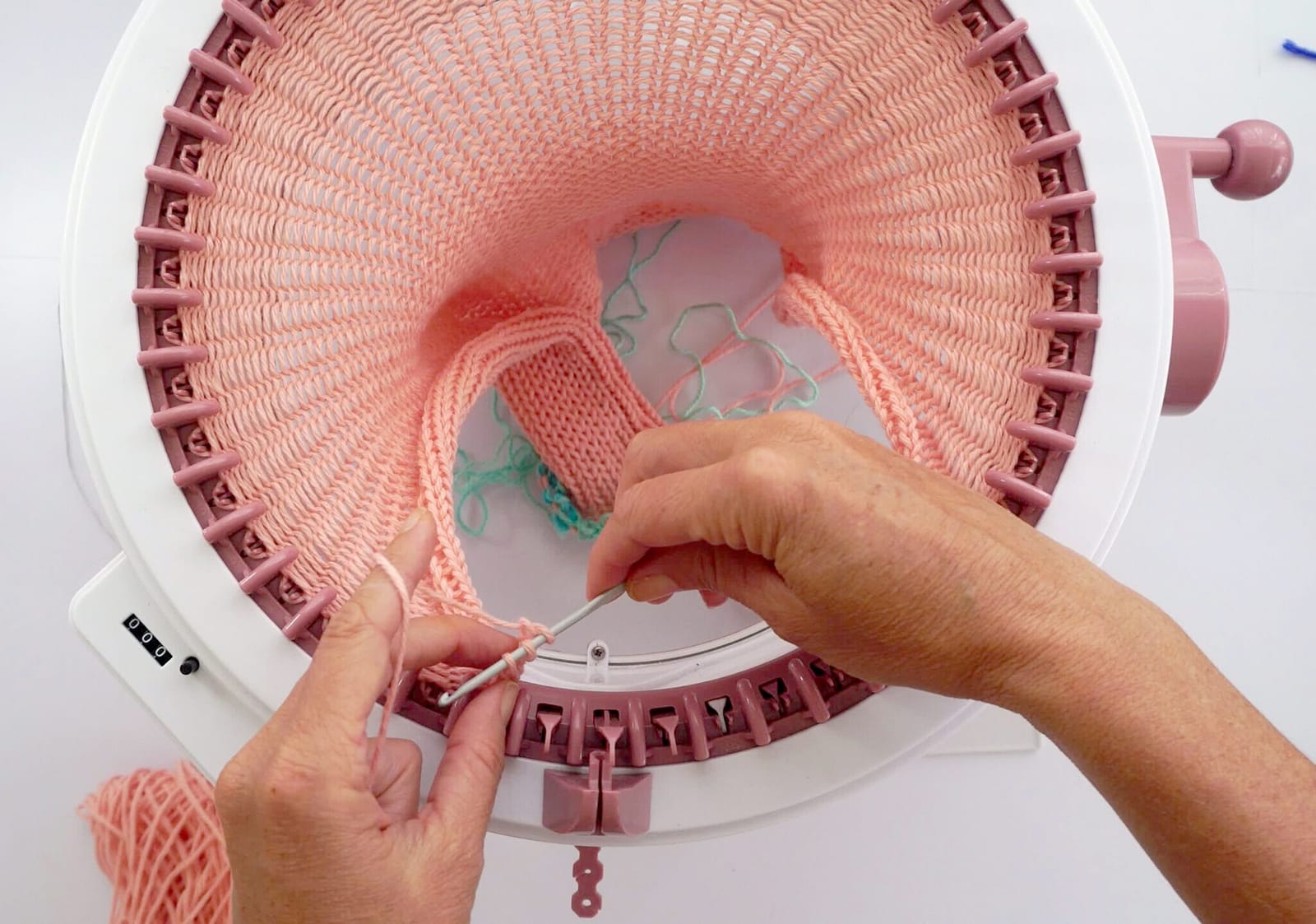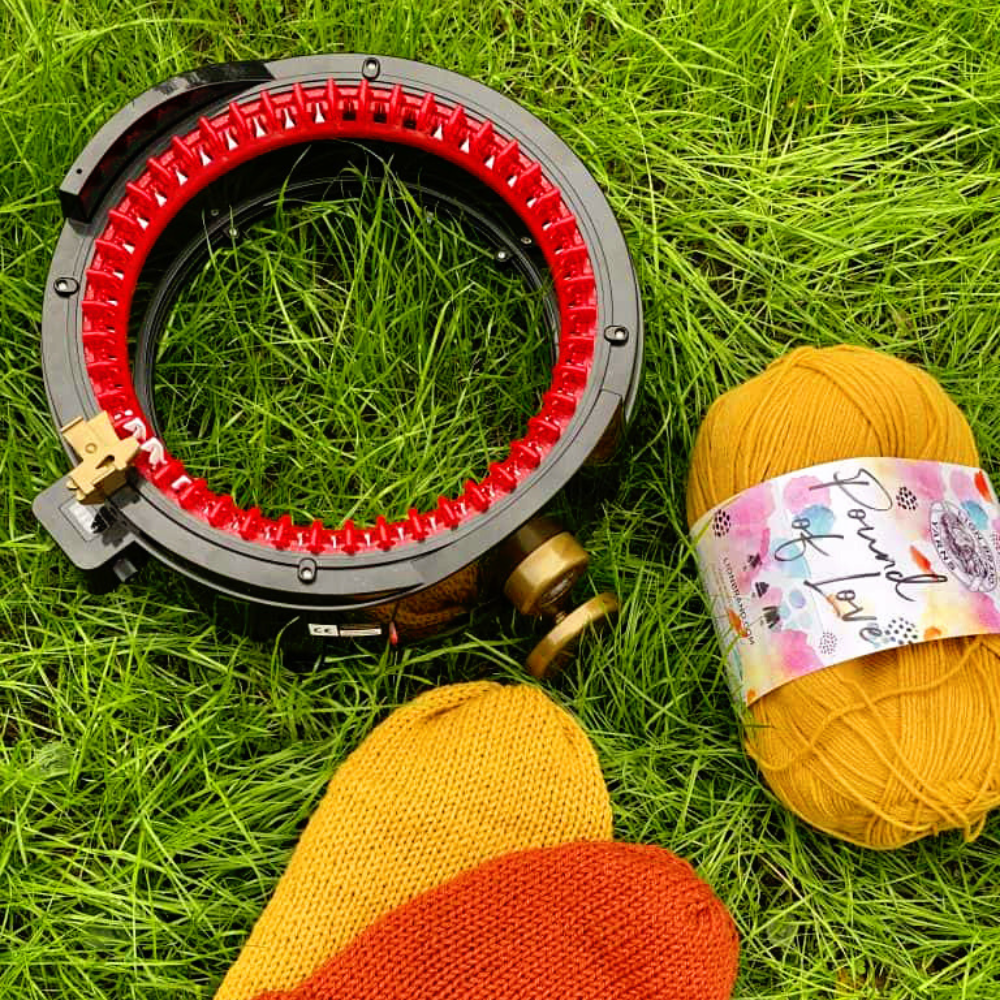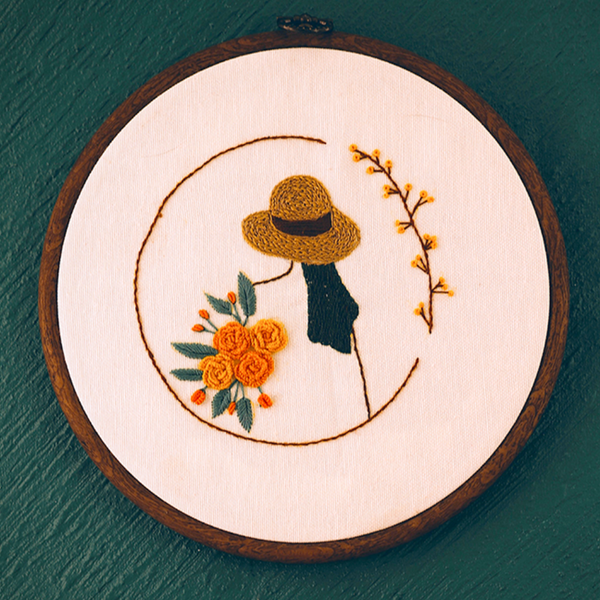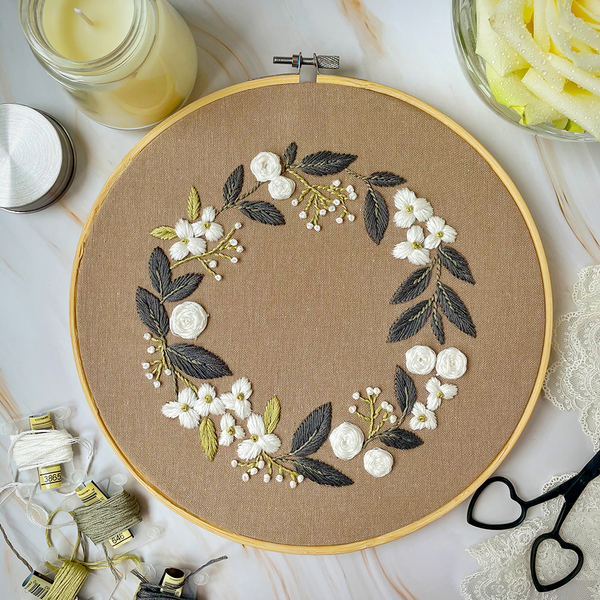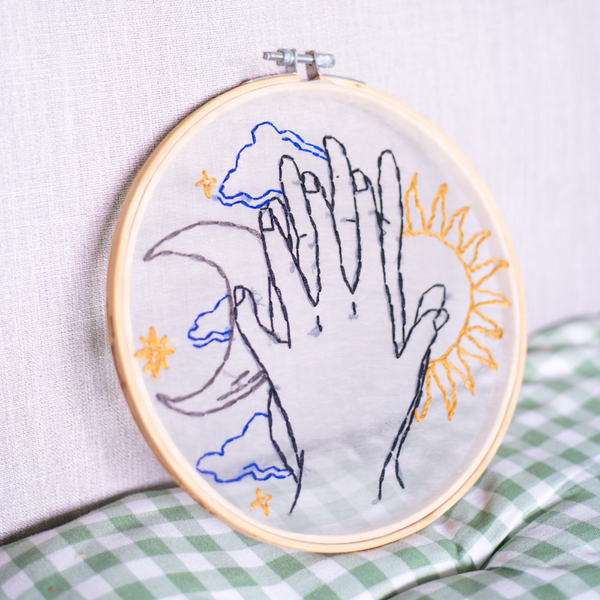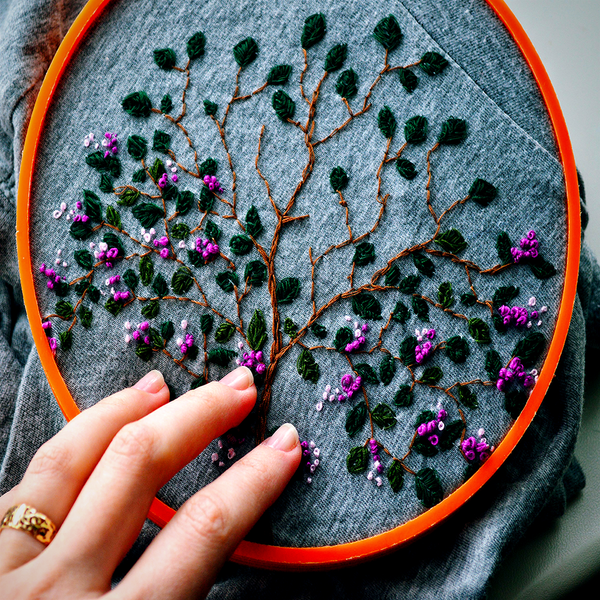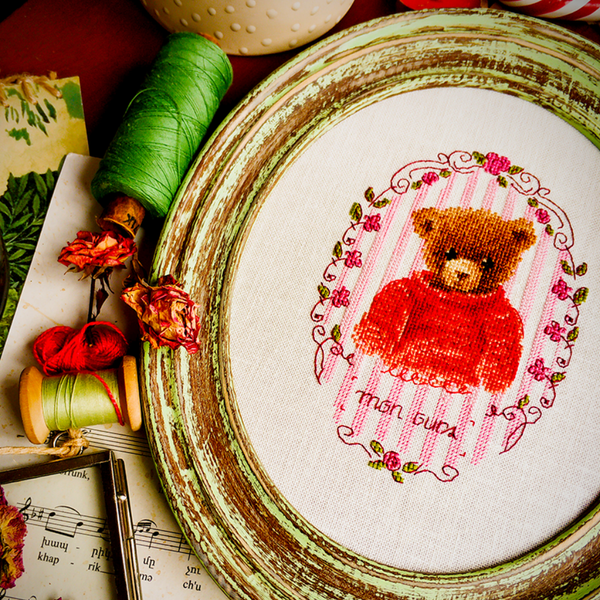Looking for the perfect yarn to take your next knitting project or machine to the next level?
Well, look no further!
Welcome to the exciting world of knitting machines!
Creative crafters, fiber artists, and makers of all skill levels are often fascinated by what these high-technology tools can do.
Thanks to advancements in technology and creative crafting tools, choosing the right type of yarn for your projects can be a breeze.
In this blog post, we'll delve into all things yarn: from what kind of materials make up different types of yarning and how they differ from one another; to which ones work best with knitting machines; and even a few knitting tips on selecting fiber content that won't let you down as you get crafty.
From chunky woolen cables to delicate lace-weight shawls—learn all about choosing the best yarn for your projects.
By the end of our journey together you’ll not only be an informed user but have enough knowledge behind you to create mesmerizing pieces that stand out among your peers.
So, fasten your seat belts - it's time to wander through the world of yarn!
Let's explore this subject in depth as we get crafty together!
Key Takeaways:
- Understanding the compatibility of yarn types with different knitting machines is crucial for successful machine knitting projects.
- Cotton yarn, worsted weight yarns, and specific synthetic yarns are commonly used in machine knitting.
- Selecting the right yarn weight and fiber is essential for the desired outcome, whether using a standard gauge machine or a circular knitting machine.

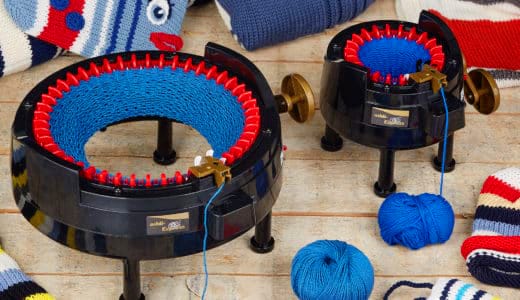
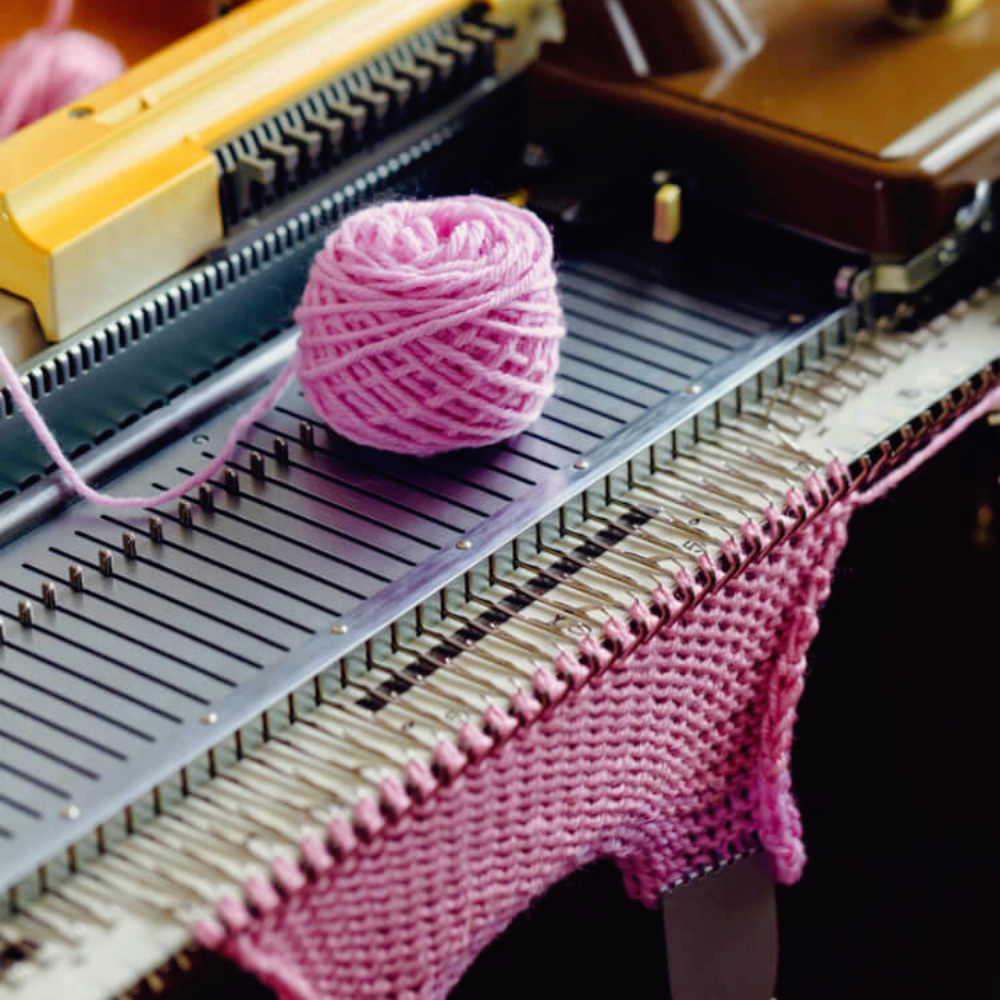
Knitting and Innovative Knitting Machines
Knitting is one of those arts that have been around for ages.
It has evolved, advanced, and made quite a name for itself, whether as a hobby or a profession.
Knitting enthusiasts, from beginners to professionals, are always raring to learn new things, and researching about knitting needles and the best type of yarn for their projects is a crucial aspect.
Knitting machines can be an awesome tool for you if you are in the knitting world, as they have the ability to create some of the most intricate designs and fascinating patterns.
They open up a whole new dimension for creativity.
Not only are these tools efficient and fun, but they can also result in some beautiful handmade products.
However, before diving into this type of craft, it's important to know what types of yarn work best with them.
Knitting machines have revolutionized the way we create knitted fabrics, offering speed and precision that can be challenging to achieve with hand knitting.
The success of machine knitting largely depends on the type of yarn used.
Let's explore the best yarn options for knitting machines!
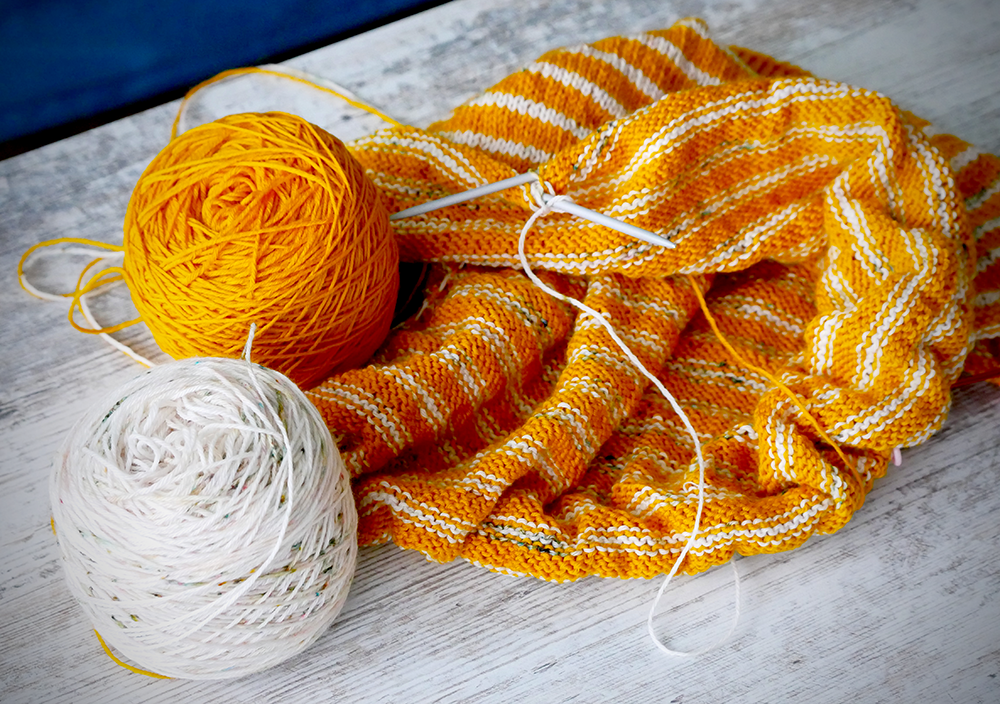
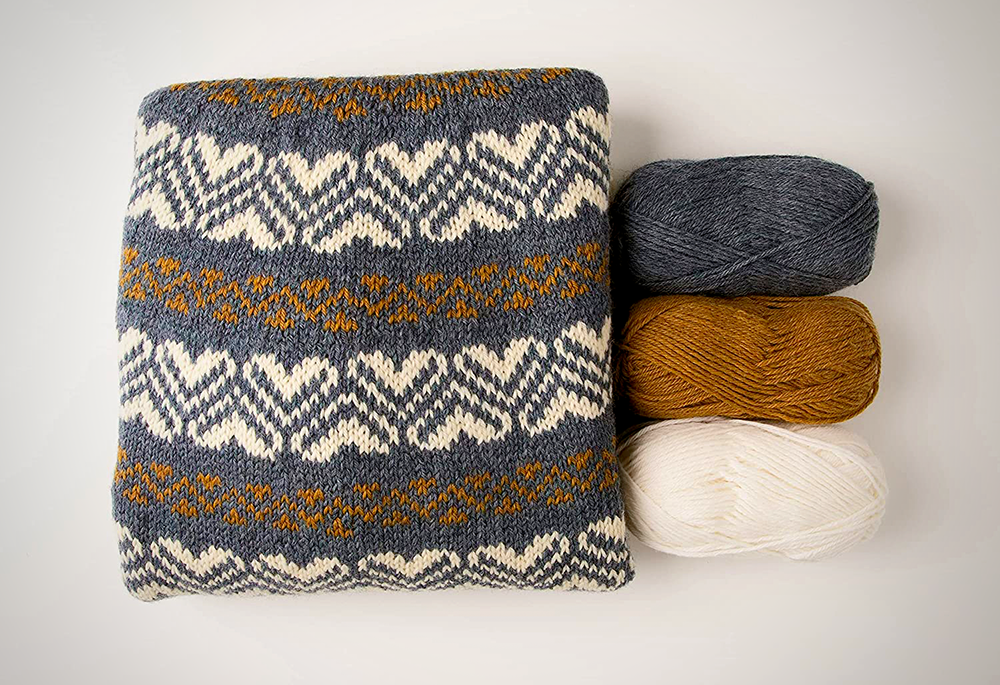
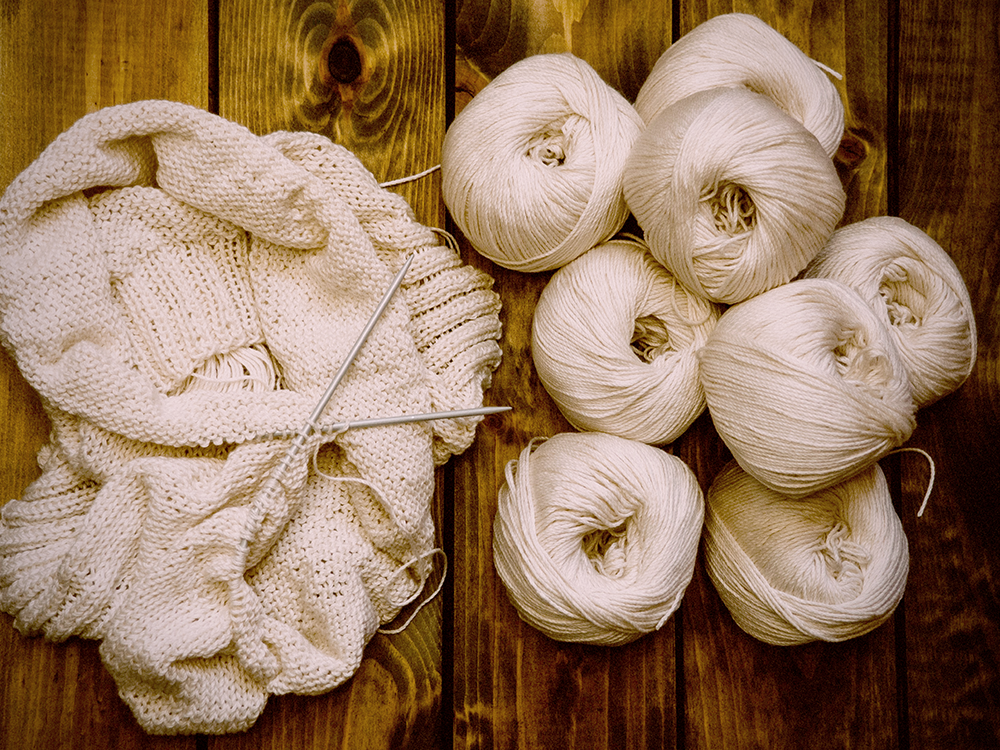
The Right Yarn: Materials and Composition
Yarn is often described as a continuous strand of natural or synthetic fibers spun into a thread or material suitable for knitting, crocheting, weaving, embroidery, and more.
Different types of yarn use varying materials such as wool, cotton, alpaca, silk, linen, nylon and many more.
The type of fiber used in the yarn has a significant impact on the final product, and this is especially true when it comes to machine knitting.
Natural fibers like cotton yarn and wool are popular choices for their warmth and breathability.
Synthetic fibers such as acrylic and nylon offer durability and easy care.
Blended yarns combine the best of both worlds, providing a balance of properties that can enhance the performance of the knitted fabric.
When selecting yarn for your machine knitting projects, considering the fiber content is essential for achieving the desired outcome.
Natural Materials: Cotton, Wool, and Silk
When it comes to materials used in yarns, natural fibers like cotton, wool, silk, and linen are some of the most commonly used in knitting machines.
Cotton yarn is lightweight, versatile and easy to work with, making it a popular choice for machine knitting projects.
Wool is another great option as it comes in various weights and can create soft, warm and durable fabrics.
Silk yarn adds a beautiful shine to projects and has excellent drape, making it ideal for creating luxurious machine-knitted garments.
Synthetic Materials: Acrylic and Nylon
Synthetic yarns such as acrylic and nylon are also widely used in machine knitting.
Acrylic is a popular choice due to its affordability, extensive color options, and easy care.
It can mimic natural fibers like wool or cotton, making it an excellent alternative for those with allergies.
Nylon is another synthetic fiber commonly used in machine knitting, as it offers stretch and durability to the final product.
Synthetic or acrylic yarn is manufactured using man-made fibers, typically from petroleum-based products.
It became popular in the late 1940s and continues to be a go-to option for many knitters today.
One of the biggest advantages of synthetic yarns is their durability and resistance to shrinking, fading and stretching.
Blended Materials: Combining the Best of Both Worlds
Blended yarns combine two or more fibers to provide a balance of properties and create unique textures.
The most common blends used in machine knitting include cotton/polyester, wool/acrylic, silk/linen, and many more.
These combinations offer benefits such as durability, softness, warmth or shine.
When selecting blended yarns for machine knitting projects, it's important to consider the fiber content and their characteristics.
This will ensure that your project turns out as expected and meets all your requirements.

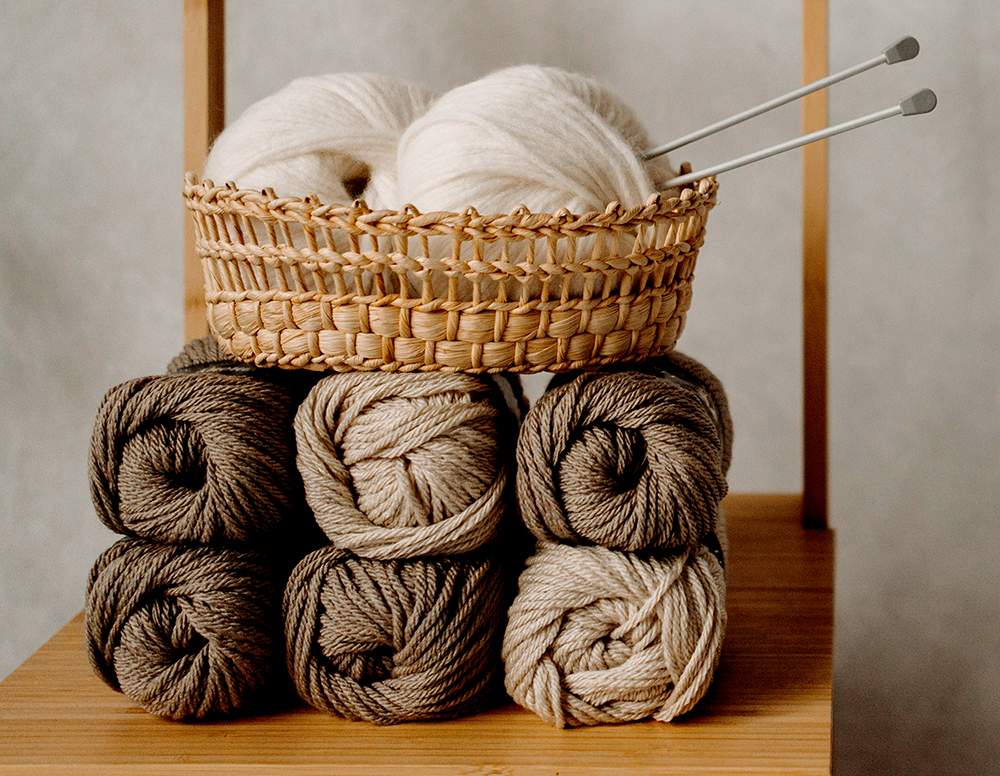

Yarn Weights and Machine Gauges
When it comes to machine knitting, the term "yarn weights" refers to the thickness of the yarn strand.
Yarn weights range from lace and super fine to bulky and super bulky.
Each knitting machine, whether it's a standard gauge machine or a bulky gauge machine, is designed to handle specific yarn weights.
It is essential to match the yarn weight with the machine gauge for successful knitting.
The standard gauge machine works with finer yarns such as lace, fingering, and sport weight yarns, while bulky or chunky yarns work best with a bulky gauge machine.
Worsted weight yarn, also known as medium or aran weight yarn, is a versatile choice that works well with both standard and bulky gauge machines.
It's worth noting that while the gauge of the knitting machine limits the type of yarn you can use, the size of the project also affects yarn selection.
For larger projects, thicker yarns work best, while smaller projects require thinner yarns.
Ensure to match your yarn weight with the machine gauge and project size for successful machine knitting.

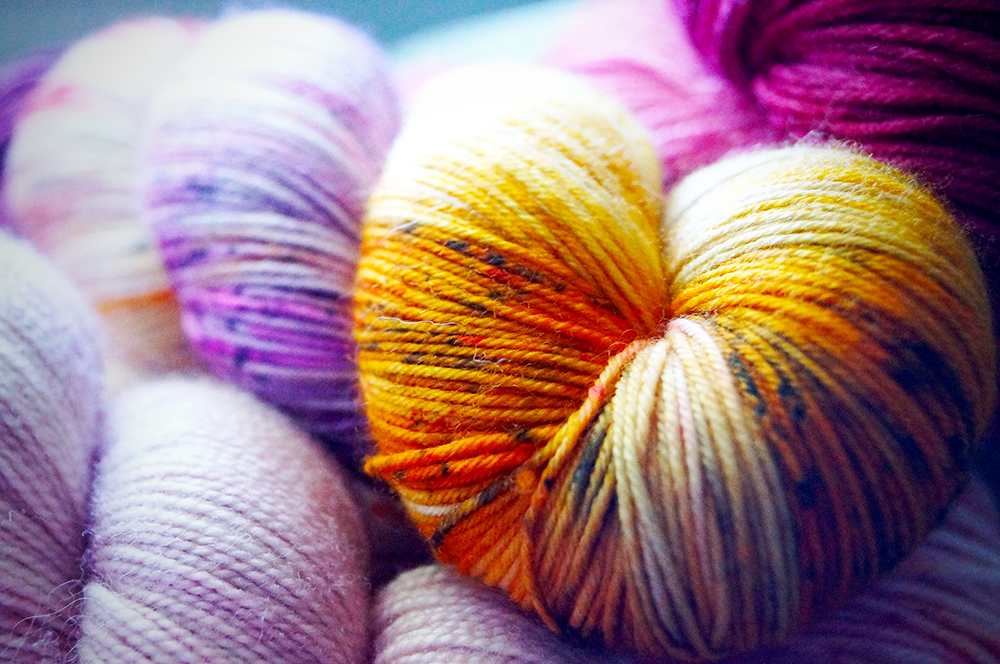
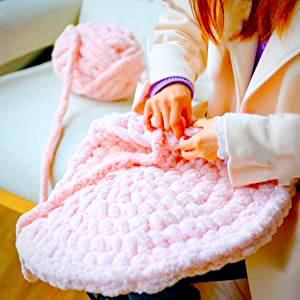
Popular Yarns for Machine Knitting
Among the different yarns available, cotton yarn is a favorite for its softness and versatility.
Worsted weight yarns are also widely used due to their medium thickness, making them suitable for a variety of projects.
Brands like Lion Brand Yarn and Red Heart offer a range of wonderful yarns that are compatible with knitting machines.
For those looking for a luxurious touch, Caron Simply Soft and Threads Impeccable are excellent choices.
For a bit of fun, try using variegated or self-striping yarns like Bernat Pop! and Loops & Threads Impeccable Ombre to create unique designs with minimal effort.
The Sentro Knitting Machine and Yarn Selection
The Sentro knitting machine is a popular circular knitting machine that can create items like hats, scarves, and even a twisted headband.
It requires yarns that are not too thick to avoid dropped stitches and not too thin to ensure the fabric has enough body.
A good quality worsted weight yarn or a bulky yarn with some stretch is ideal for the Sentro machine.
Be sure to check the machine gauge and yarn weight for compatibility.
Yarns for the Addi Machine
The Addi machine is another circular knitting machine that is loved by experienced knitters for its efficiency.
It works best with medium-weight yarns like worsted or aran.
The key is to use a smooth, consistent yarn that will not snag or create tension issues.
Lion Brand Pound of Love or Big Twist yarns are often recommended for their even texture and reliability.
For a fun and creative twist, try using self-striping yarns like Red Heart Super Saver Stripes or Caron Big Cakes.


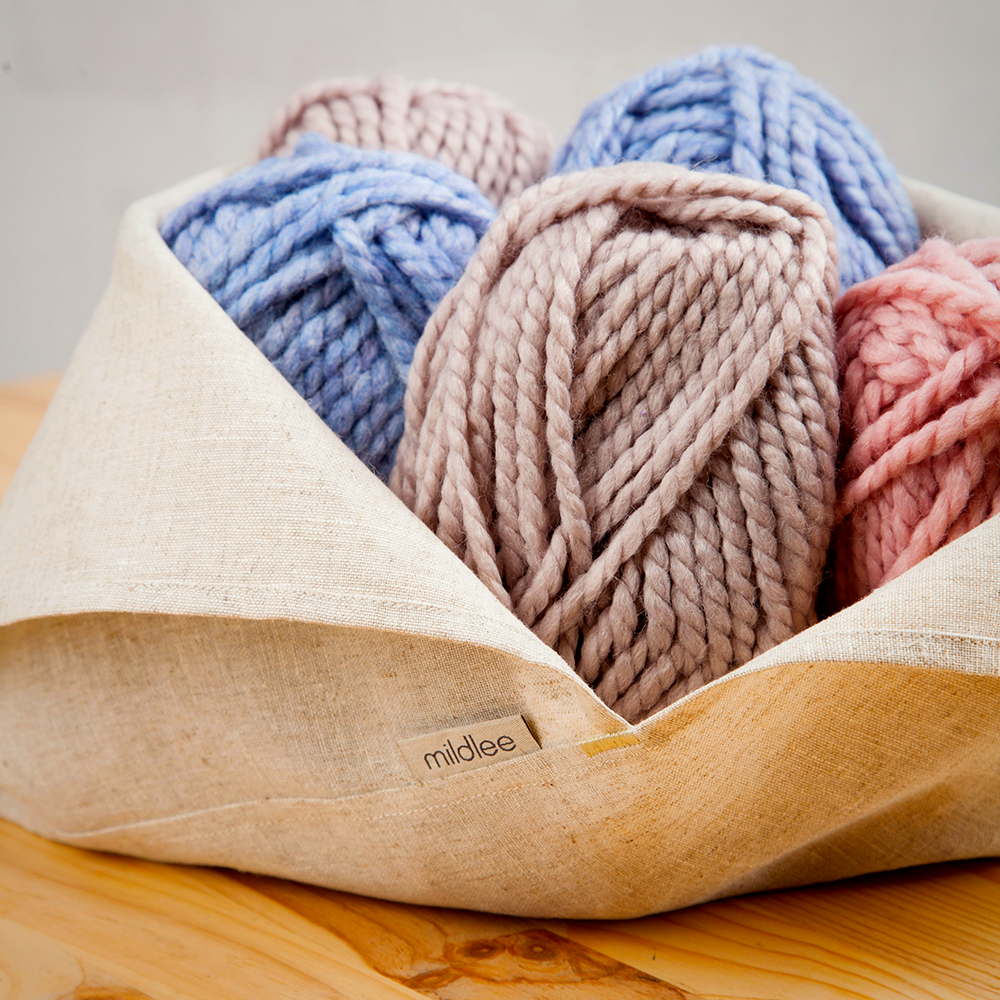
Sourcing Yarn for Machine Knitting
Finding the right yarn for your knitting machine can be a delightful exploration, especially with the variety of options available at craft stores like Hobby Lobby, Joann, and Michaels.
Shopping for yarn online is also a fantastic option, with websites like Yarnspirations, Darn Good Yarn, Knit Picks, and many others offering a wide selection of yarns suitable for machine knitting.
Some knitting machines come with starter kits or bundles that include everything you need to get started on your first project.
These kits often come with a selection of yarns, allowing you to experiment and find your preferred brands and fiber content.
Be sure to read reviews and do some research before purchasing yarn online to ensure it's compatible with your machine.
When shopping for yarn, consider the recommendations for your specific machine model.
Thinner yarns are often preferred for machine knitting because they flow smoothly through the needles, reducing the likelihood of snags or jams.
Hobby Lobby and other craft stores offer a range of suitable yarns that can meet the needs of both your machine and your project, from lightweight acrylics to luxurious blends.
It's also worth noting that while thinner yarns are a staple for machine knitting, the Silver Reed knitting machines are known for their versatility and can handle a wider range of yarn weights.
This opens up the possibility of using yarns that are traditionally reserved for hand knit projects, giving machine knitters access to a broader spectrum of textures and finishes.
Always check the tension settings and conduct a swatch test to ensure the yarn interacts well with your machine, preventing damage to both your yarn and the machine.
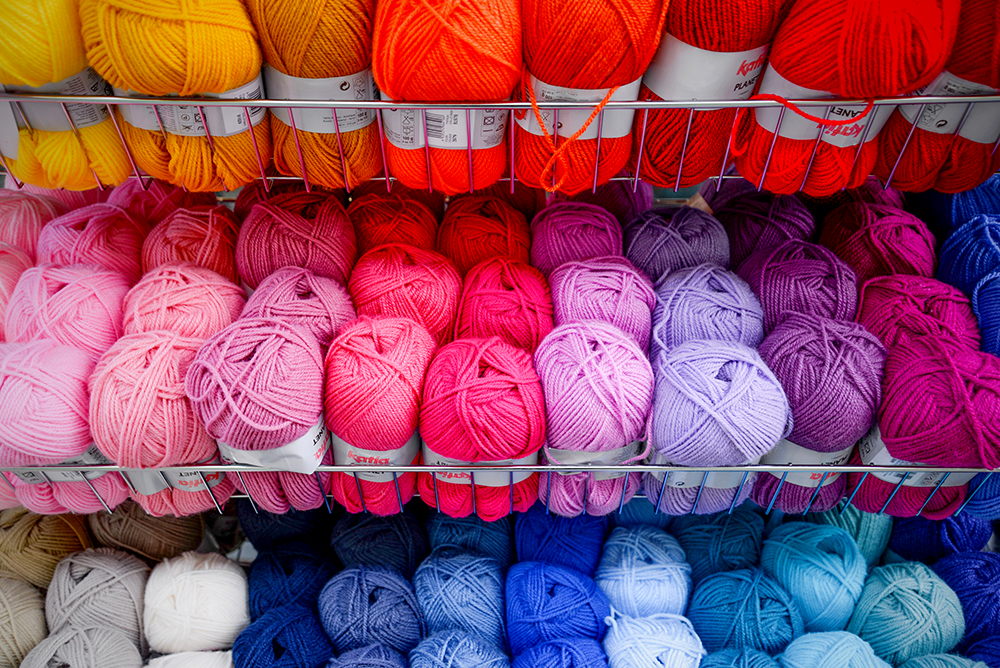


Yarn Stash and Machine Compatibility
Many knitters have a yarn stash filled with favorite yarns collected over time.
When using a knitting machine, it's important to test how each yarn works with the machine.
Even if a yarn is labeled with the correct weight, factors like ply, twist, and fiber content can affect how well it knits up.
Always swatch with your machine to ensure compatibility.
Some yarns may work well for hand knitting, but not so much on a machine.
It's best to have a good understanding of how your machine works and what materials are compatible with it before diving into your stash.
While standard yarns are commonly used, specialty yarns like chenille or eyelash yarn can also be used in machine knitting.
However, they require careful handling and may be better suited for experienced knitters.
Using a single strand of a specialty yarn with a standard gauge machine can create unique textures and patterns.
Still, it's important to conduct a swatch test and adjust the tension accordingly.
Some yarns may work better on specific machine models, so it's always good practice to check for compatibility before starting a project.
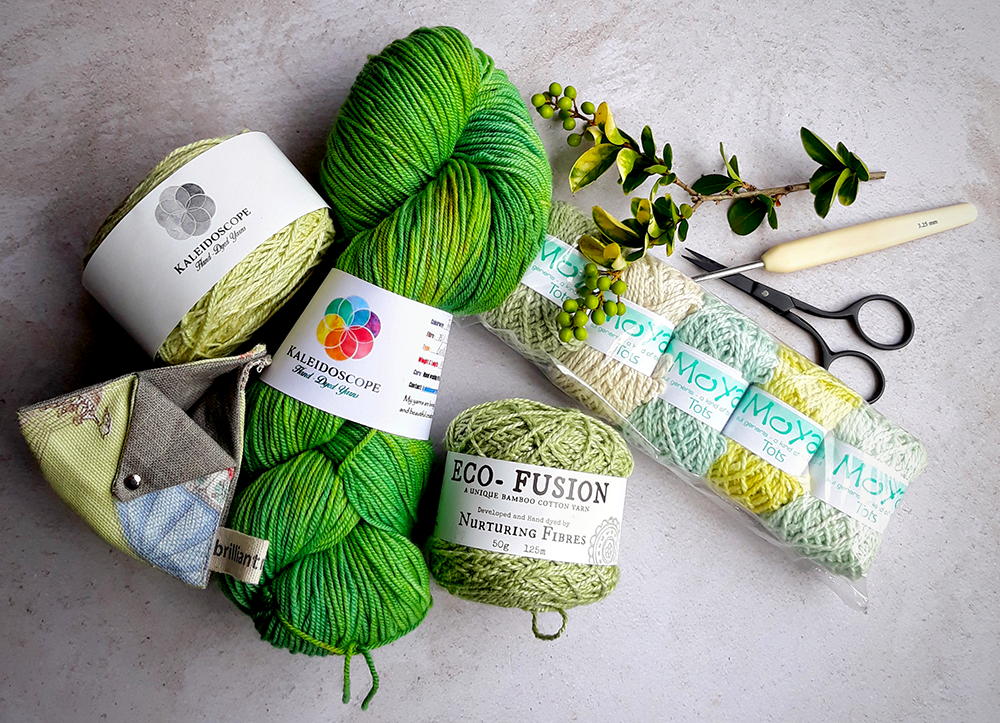

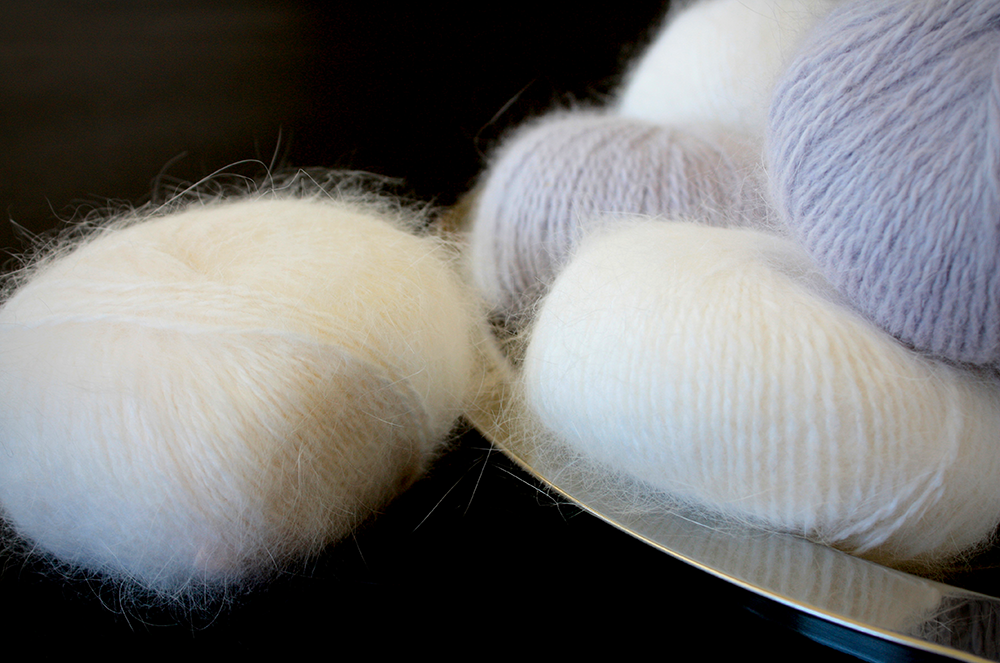
Knitting Machine Needles and Yarn Tension
The needles on a knitting machine play a crucial role in how the yarn is knitted.
They must be the right size for the yarn to prevent issues like dropped stitches or overly tight knitting.
Adjusting the tension on the machine can also help accommodate different yarns, ensuring that the fabric has the right amount of stretch and drape.
Some machines have manual tension adjustments while others are automatic, adjusting the tension depending on the speed of knitting.
Understanding how to adjust and maintain the correct needle size and yarn tension is key to successful machine knitting.
Projects and Patterns for Machine Knitting
Machine knitting opens up a world of possibilities for projects and patterns.
From garments to home décor, the type of yarn you choose will influence the final product.
Patterns designed for machine knitting often specify the best yarn to use, taking the guesswork out of yarn selection.
Patterns can also be adapted to suit different yarn weights and machine gauges, giving you the freedom to experiment with different materials.
Some popular projects for machine knitting include scarves, hats, socks, and sweaters.
The possibilities are endless, allowing you to create unique pieces that reflect your personal style.
For inspiration and patterns designed specifically for machine knitting, check out books by Susan Guagliumi, Charlene Shafer, and Carol Scott.
Whether you're creating a crochet border or a knitted sweater, the right yarn will make your project shine.
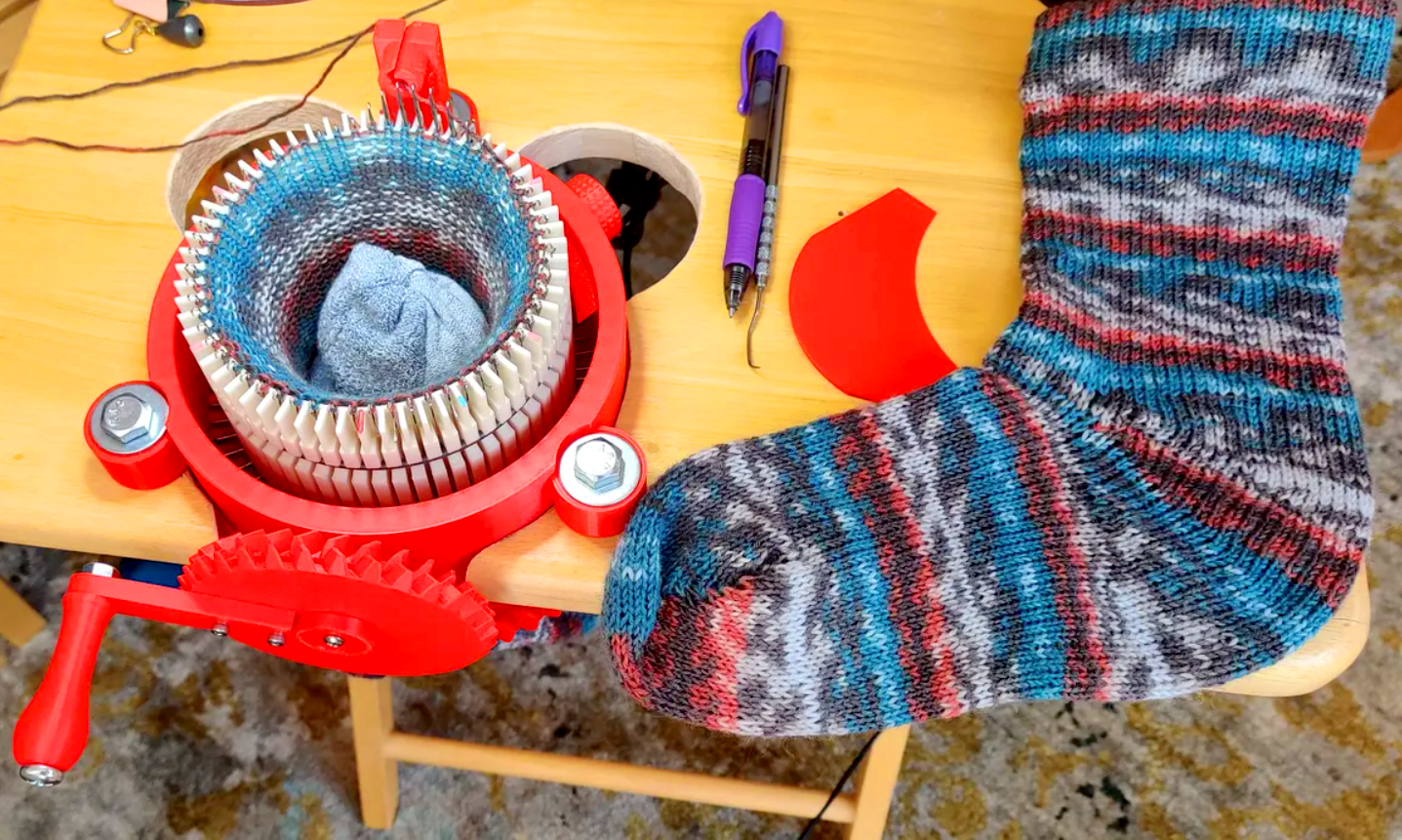

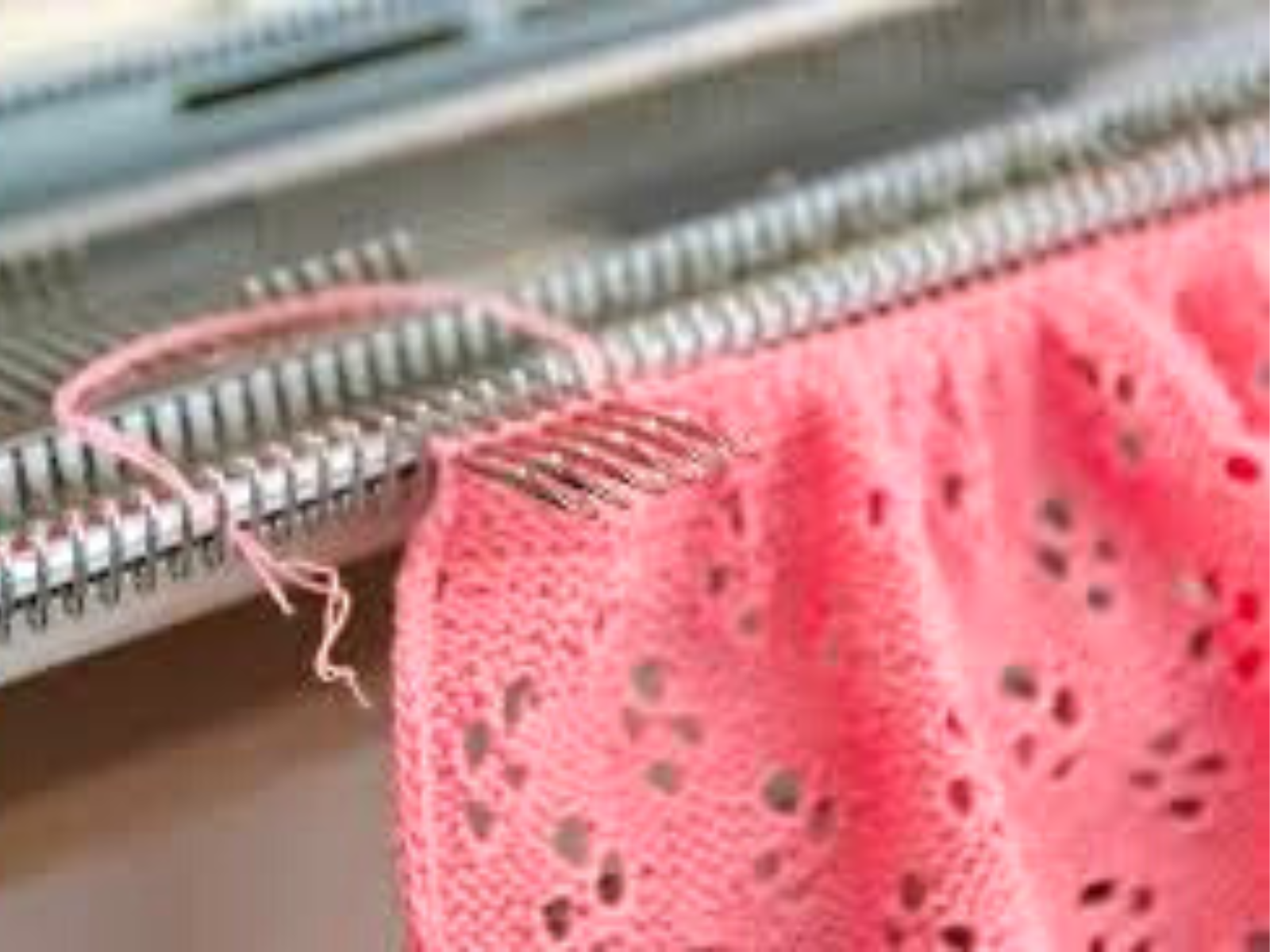
Selecting Yarn: Successful Machine Knitting
When choosing a yarn for your knitting machine, there are a few factors to consider.
The weight, elasticity, and feel of the yarn are crucial.
For instance, acrylics offer a greater stretch, while wool is a better alternative for stitch definition.
Cotton fabrics are increasingly breathable, and silk brings in an elegant and shimmery aesthetic.
It's also worth noting that knitting machines can be quite finicky.
Ensure your tension is right while setting up the machine before starting to work on your project.
Here's a crucial tip: swatch stitch tests should be done before beginning to work on your final product.
The last thing you want is to get halfway through your project and realize that wrong or inappropriate yarn is used.
Practice makes perfect, so take the time to test swatches, change tension, experiment, and learn from errors.
With practice, you'll learn which yarns work best with your machine and how to get the best results every time.
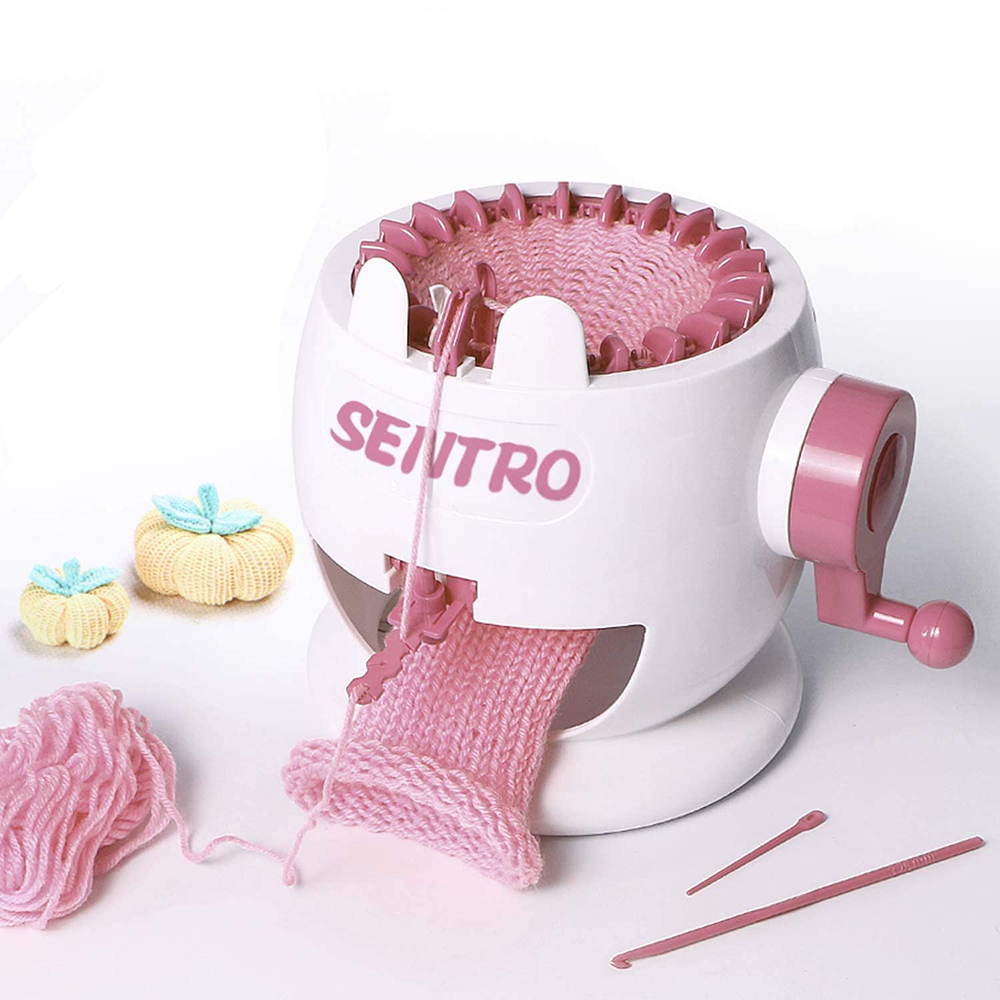
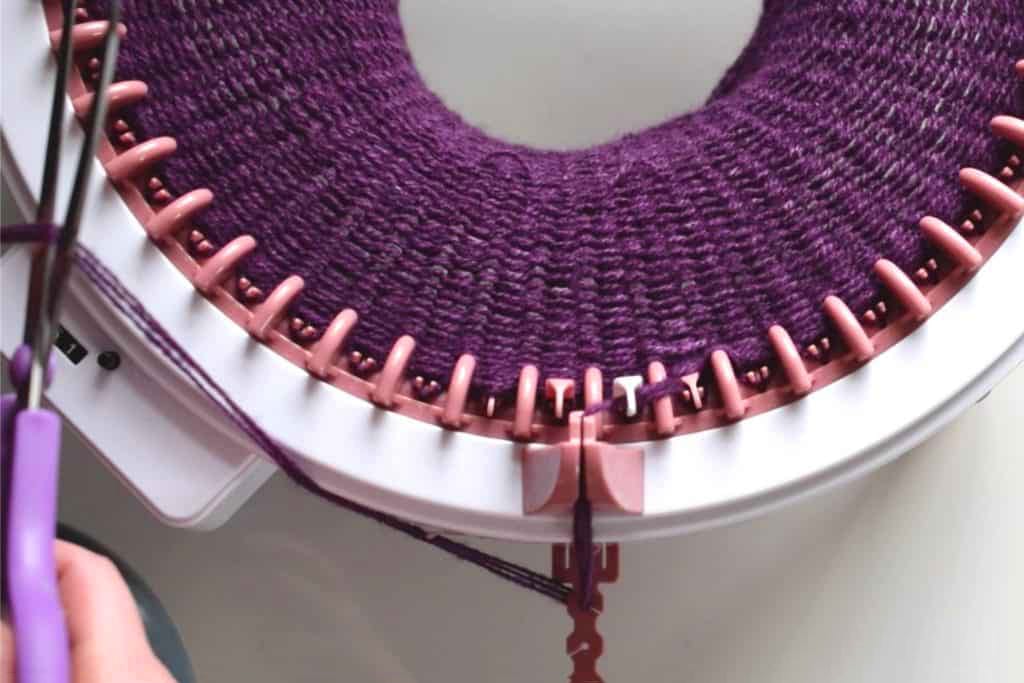

Adapt Hand Knit Patterns for Machine Knitting
When transitioning from hand knitting to machine knitting, it's essential to understand how to adapt patterns to suit the capabilities of your knitting machine.
Many hand knit patterns can be used with a machine, but adjustments are often necessary, particularly in terms of yarn weight and tension.
Thinner yarns, which are commonly used in machine knitting, may require recalculating stitch counts and rows to achieve the desired dimensions.
It's a meticulous process, but with practice, it becomes second nature to convert your favorite hand knit designs for machine execution.
Moreover, the intricacies of the pattern may need to be simplified or modified to accommodate the mechanical nature of a knitting machine.
For instance, complex cable patterns often seen in hand knit projects might need to be adapted for a machine, especially if you're working with a basic model.
Advanced machines like the Silver Reed series offer more versatility with pattern capabilities, allowing for a closer replication of hand knit textures and designs.
Always refer to your machine's manual for guidance on pattern adaptations and capabilities.
Caring for Machine-Knitted Items
Once you've completed your machine knitting project, proper care is essential to maintain the quality of the yarn.
Most cotton yarns and synthetic yarns like acrylic can be machine washed and dried, making them convenient for everyday use.
Wool and other natural fibers require more delicate care, often needing to be hand washed or dry cleaned.
Always check the yarn label for care instructions to keep your knitted items looking their best.
It's also important to store your machine-knitted items properly to avoid stretching or snagging.
Fold them neatly and place them in a storage bag or box to protect them from dust and damage.
Avoid hanging knitted items, as this can cause them to stretch and lose their shape.
With the right yarn selection, proper machine maintenance, and some practice, machine knitting can open up a whole new world of creativity and possibilities.
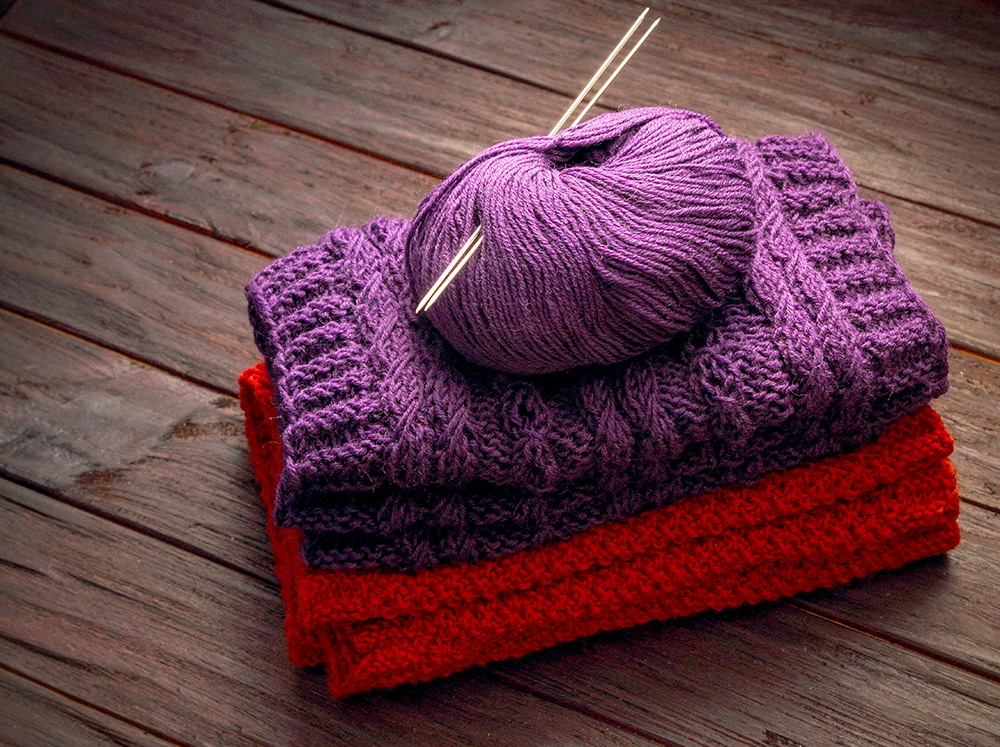

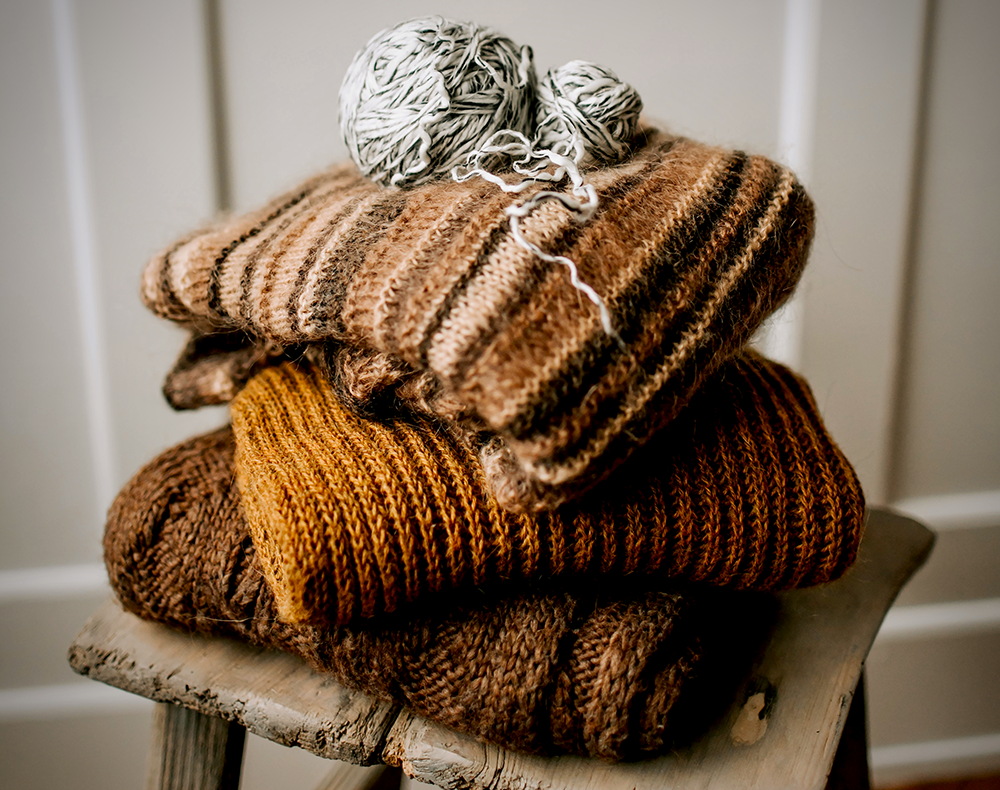
The Perfect Yarn for Your Knitting Machine
Knitting machines are unique tools that have revolutionized knitting.
They offer efficiency, accuracy, and incredible speed, producing finished products in a fraction of the time it would take traditionally.
However, getting the best out of your machine comes down to the type of yarn you choose.
Choosing the right type of yarn for your knitting machine is a critical step in ensuring the success of your projects.
From cotton yarn to worsted weight yarns, the options are plentiful, and each has its own set of characteristics that can enhance your knitting experience.
Whether you're using a Sentro knitting machine or an Addi machine, understanding the relationship between yarn weights, fiber content, and machine gauge is key.
By selecting the best yarn for your machine and project, you can create beautiful, durable, and satisfying knitted items.
Now that you know more about the best types of yarn for knitting machines, you can confidently choose the right materials and weights for your next project.
Remember to always consider the fiber content, yarn weight, and machine gauge when selecting yarn for your projects.
With the right yarn, your knitting machine can be a powerful tool for creating unique and beautiful designs with ease.
Go ahead and explore different yarns, experiment with textures and patterns, and have fun with your knitting machine!
Now you can break out your knitting machine and dive into that project you've been meaning to try!
So, knit away - the possibilities are endless!
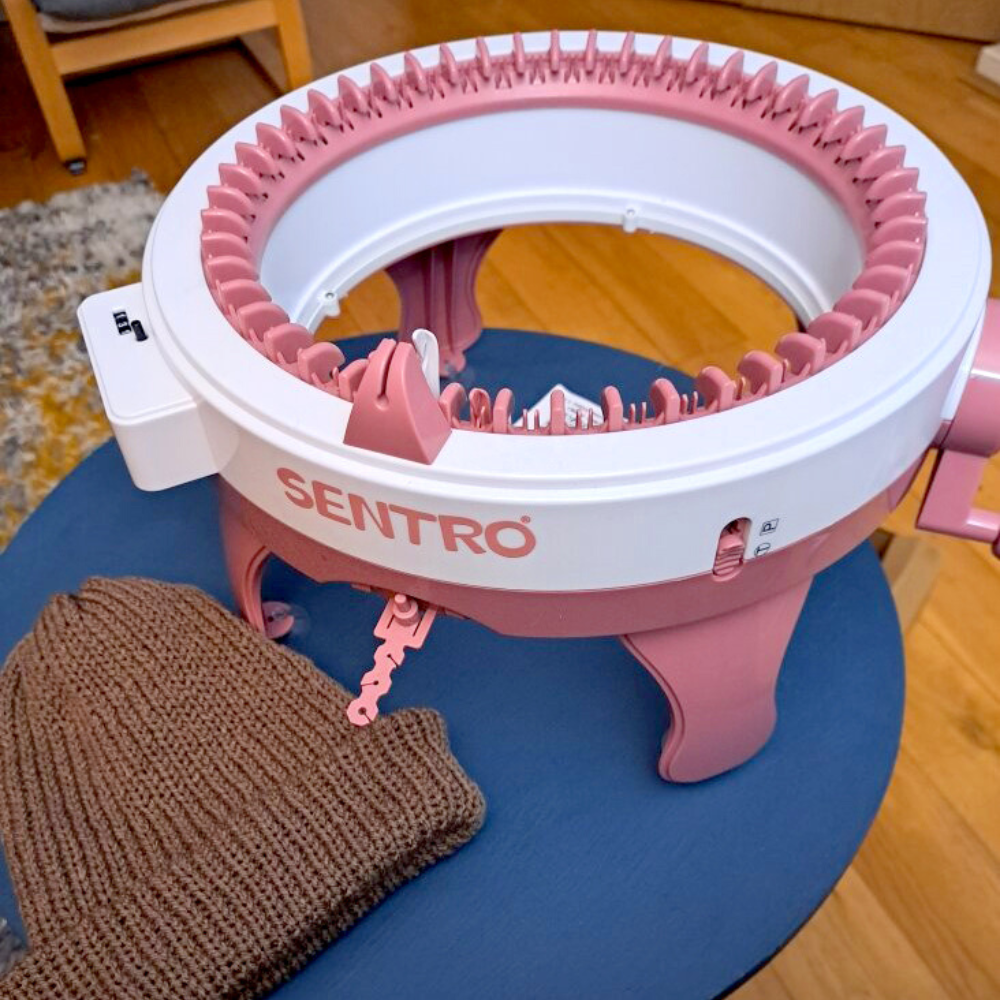
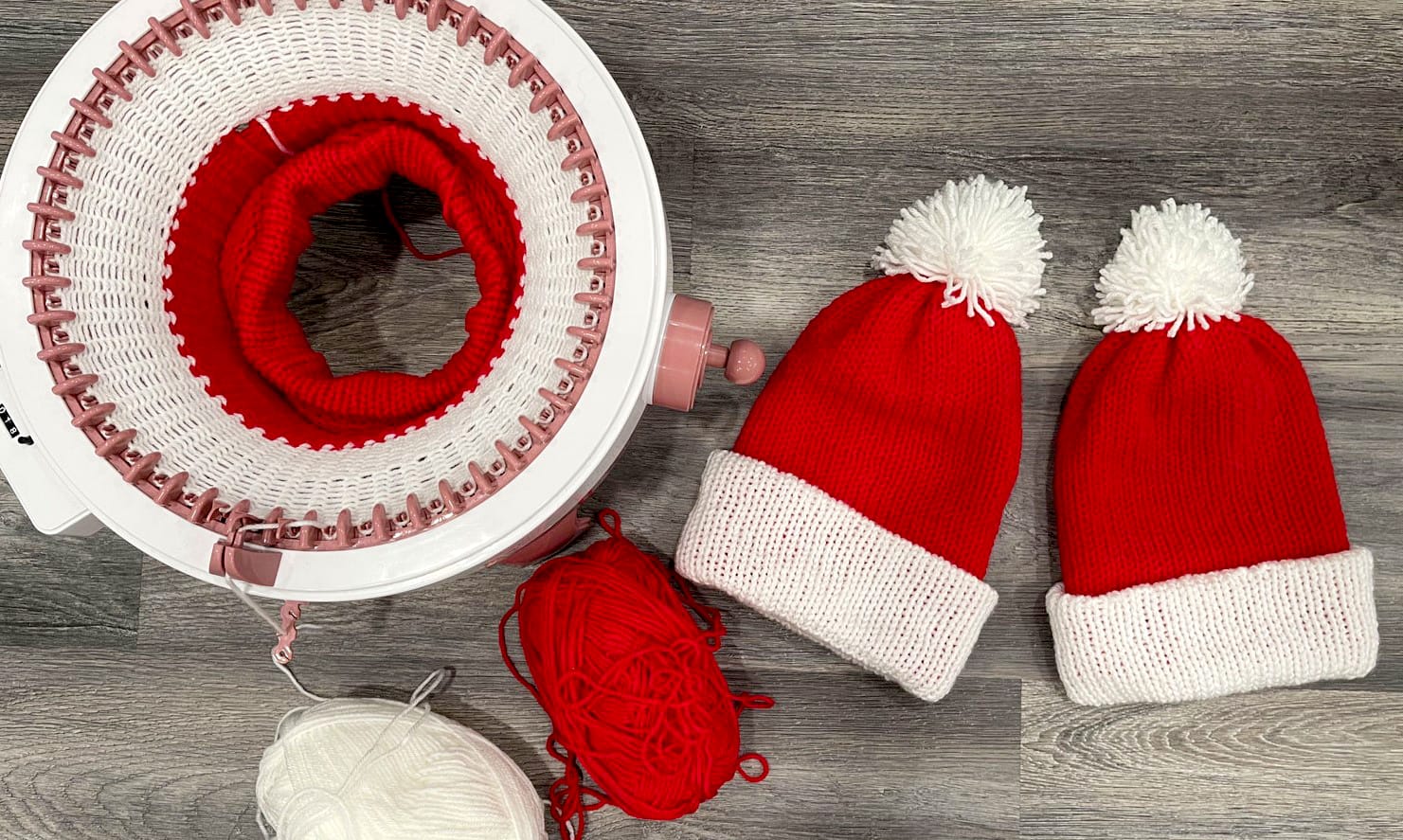
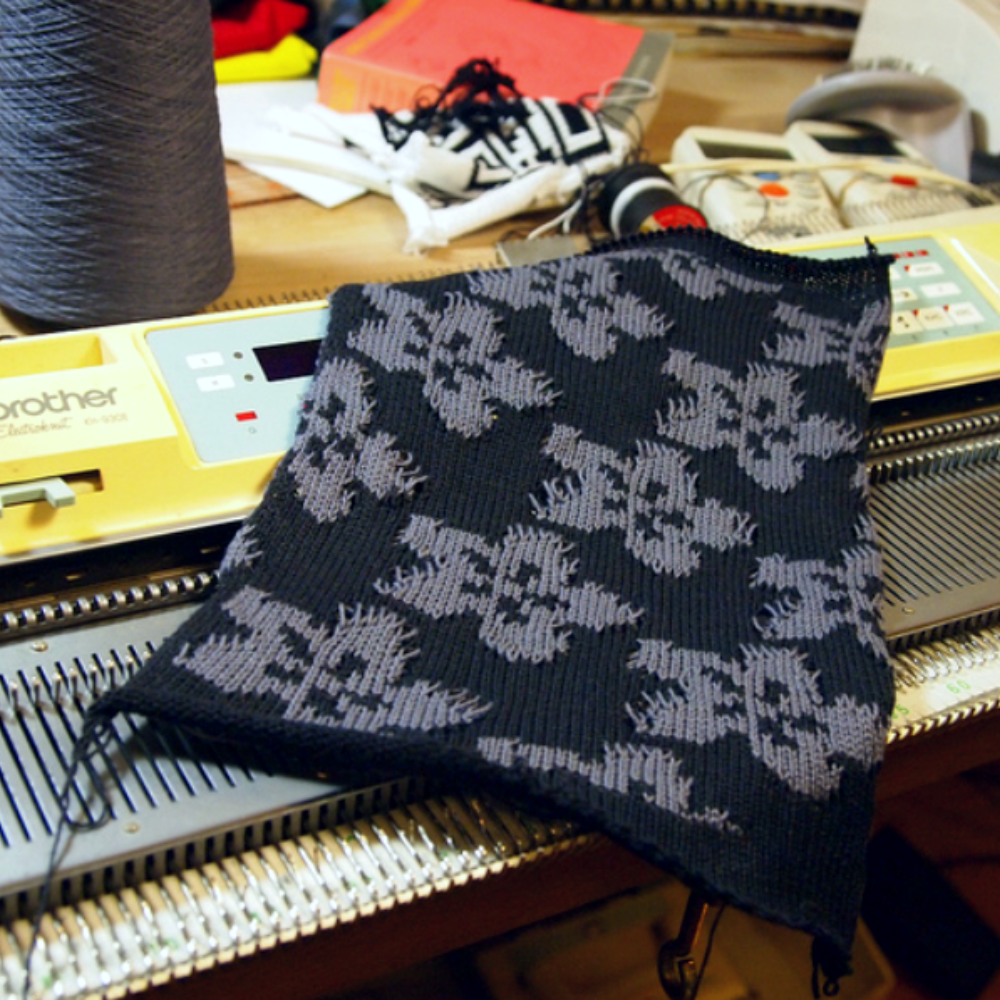
Eager to learn more about working with yarn and knitting machines? Check out Crochet and Knit with Feride Erbaşar's video!
Want even more content about creativity and art?
Be sure to check out all of our creative chronicles!
Interested in knitting?
Check out some of our other articles:
-Interchangeable knitting needles
-Can you knit socks on a knitting machine?
-Can you crochet with a knitting machine?
